Panasonic G9 vs G9 II: how much better is the new Lumix Micro Four Thirds flagship?
Our Panasonic Lumix G9 vs Lumix G9 II comparison reveals just how much is new and updated in Panasonic's MFT flagship
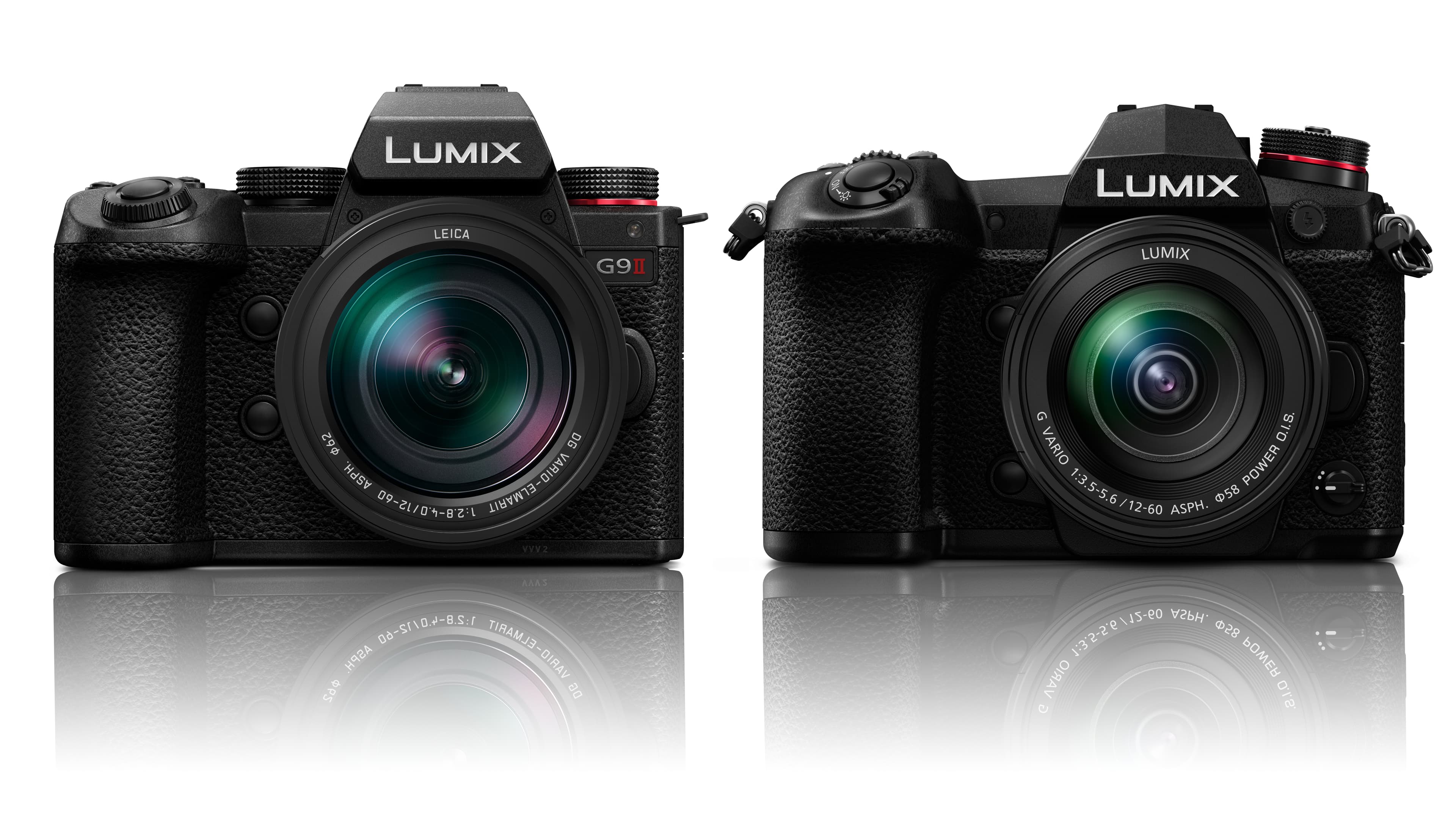
The Panasonic Lumix G9 II is a very welcome camera launch. It’s a shot in the arm for the Micro Four Thirds format, and a very interesting high-end hybrid camera in its own right, promising strong competition for Sony, Canon, Fujifilm and the rest.
But Panasonic had a hard act to follow. Our Panasonic Lumix G9 II vs Lumix G9 comparison shows just how much more advanced the new model is compared to the old one, but also reveals just how good the original Lumix G9 still is. It was launched way back in 2017, but in many ways it was a camera ahead of its time. AND you can still buy it, for half the price of the model that replaces it.
That said, the Lumix G9 II brings a series of upgrades that does put it in a different class, including phase-detect autofocus – for the first time in a Lumix G camera! – and massively improved video capabilities. While the Lumix G9 is arguably one of the best cameras for beginners or best cheap cameras in terms of price, the Lumix G9 II is clearly one of the best hybrid cameras, the best cameras for filmmaking and definitely one of the best Panasonic cameras right now.
But it’s not cheap. You get a lot for your money and we think the G9 II is actually very aggressively priced for what it can do, but the older Lumix G9 is half the price, and it might already do everything you need.
So if you are struggling to decide between the Lumix G9 II and the Lumix G9, let’s drill down into the specifications to see exactly what the key differences are and what they mean.
Panasonic Lumix G9 II vs Lumix G9 in 2025
Why you can trust Digital Camera World
1. Sensor
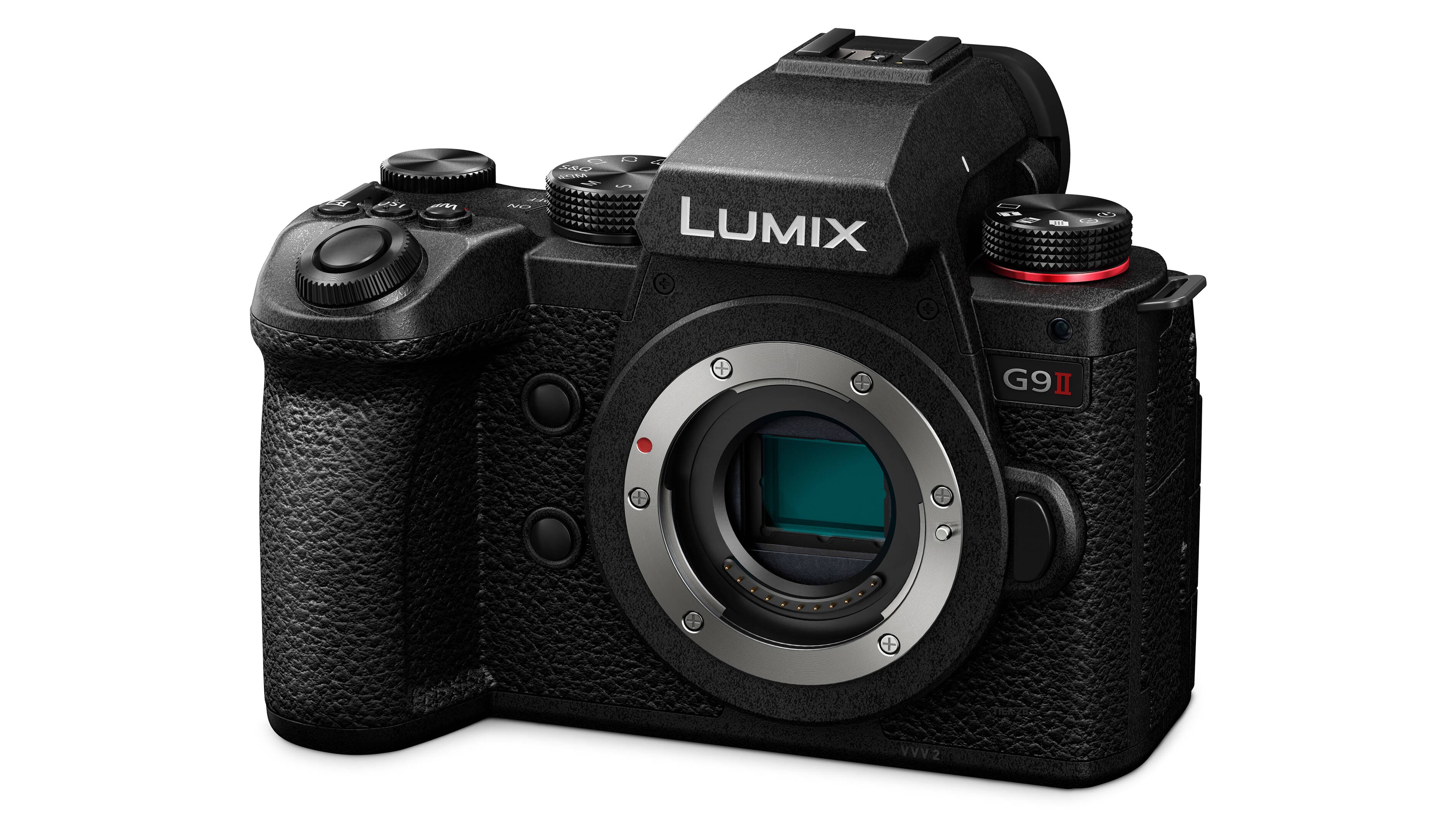
• Panasonic Lumix G9 II: 25.2MP MFT Live MOS, no low pass filter, 100MP high-res
• Panasonic Lumix G9: 20.3MP Live MOS sensor, no low pass filter, 80MP high-res
These cameras both have MFT Live MOS sensors and while the 5MP increase in resolution offered by the G9 II is not a lot numerically, it still feels very significant. Micro Four Thirds sensor development seemed to have stalled at 20 million pixels, so this new, higher-resolution sensor is a clear sign that this format is alive and kicking.
For stills photographers, the new camera does offer a moderate increase in resolution, both in normal shooting and in high-res mode – the G9 II offers 100MP in high-resolution mode versus 80MP for the G9, and can achieve this handheld.
2. ISO range
• Panasonic Lumix G9 II: ISO 100-25600 stills, 100-12800 video
• Panasonic Lumix G9: ISO 200-25500 stills, 200-12800 video
While the G9 II comes with a higher resolution sensor and a new Venus processing engine, the maximum ISO remains the same – though the lowest standard ISO drops from ISO 200 to ISO 100. The G9 II does have an interesting feature, though, using its dual-gain capture circuitry to offer a merged high-dynamic range capture from a single exposure.
3. Autofocus
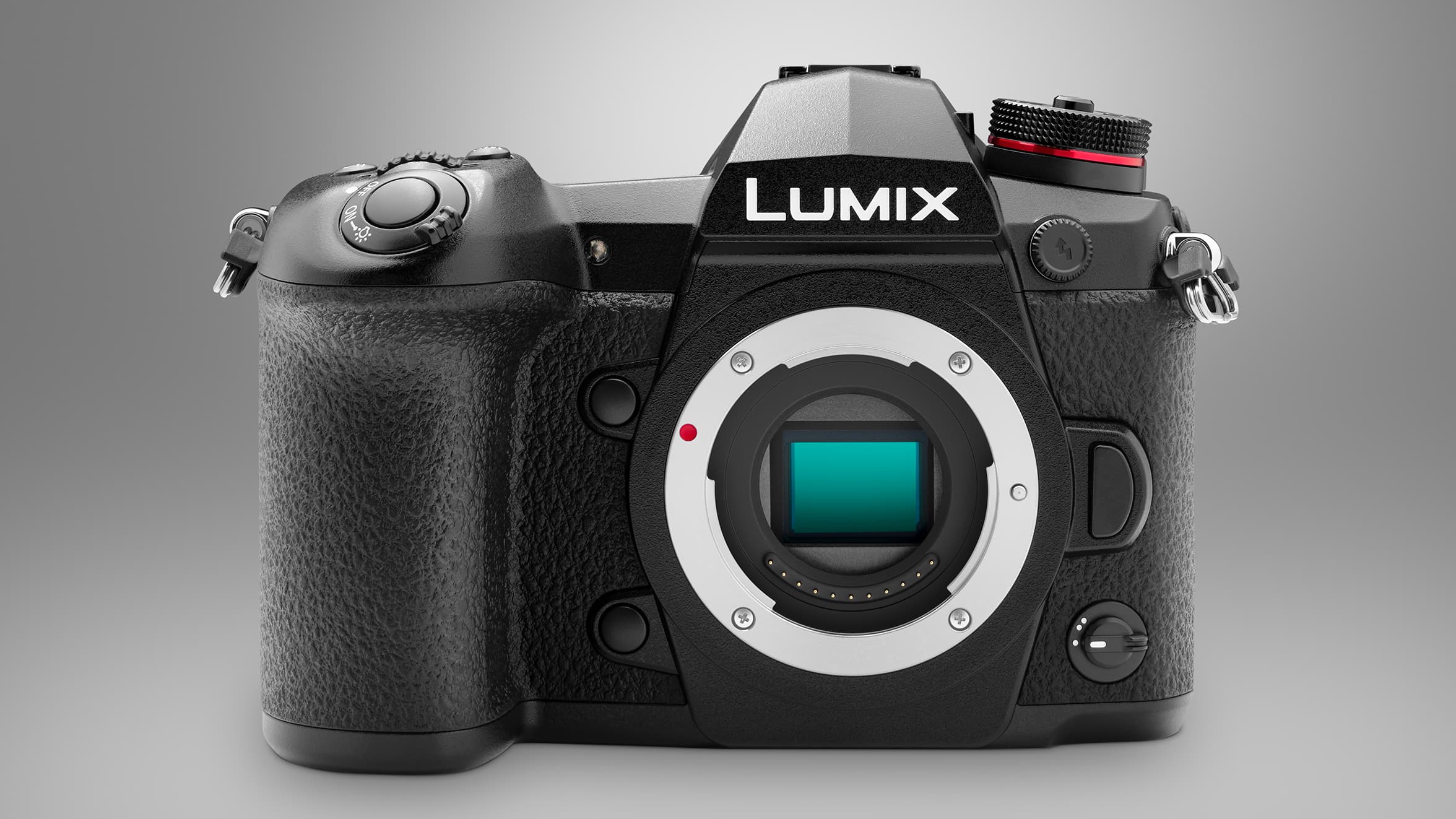
• Panasonic Lumix G9 II: 779-point phase hybrid AF, human body, animal eye, car/motorcycle recognition
• Panasonic Lumix G9: 225-area Contrast AF
The big news with the Lumix G9 II is that Panasonic has at last swapped to a hybrid phase/contrast AF system after years of persisting with its contrast-based DFD (Depth From Defocus) setup. This is likely to have a big impact on continuous AF and tracking performance, and should dispel the AF ‘flutter’ sometimes seen in video capture with the old system.
The Lumix G9 II also features the latest AI subject recognition and tracking techniques, which has become a must-have in new cameras in 2023, and while it might look quite a specialized feature for sports and wildlife fans only, human body/face/eye tracking has far wider uses.
While the older Lumix G9 is clearly lagging behind in autofocus technology, certainly for continuous AF, its S-AF performance for stills photography is very fast and very precise, even by today’s standards.
4. Stabilization
• Panasonic Lumix G9 II: 5-axis, 8-stop IBIS, 7.5 stop Dual IS 2, Active IS, advanced EIS
• Panasonic Lumix G9: 5-axis, 6.5-stop Dual IS
Confusingly, Panasonic quotes a higher compensation value for the IBIS in the G9 II than for its Dual IS 2 mode, though the figures reveal that these figures are based on different lenses. Both figures are higher than the 6.5-stop Dual IS figure quoted for the original Lumix G9. This was already a very steady camera to shoot with, so it looks as if Panasonic has improved the stabilization still further with the new model, and offers further digital video stabilization with Active IS and Advanced EIS.
5. Video
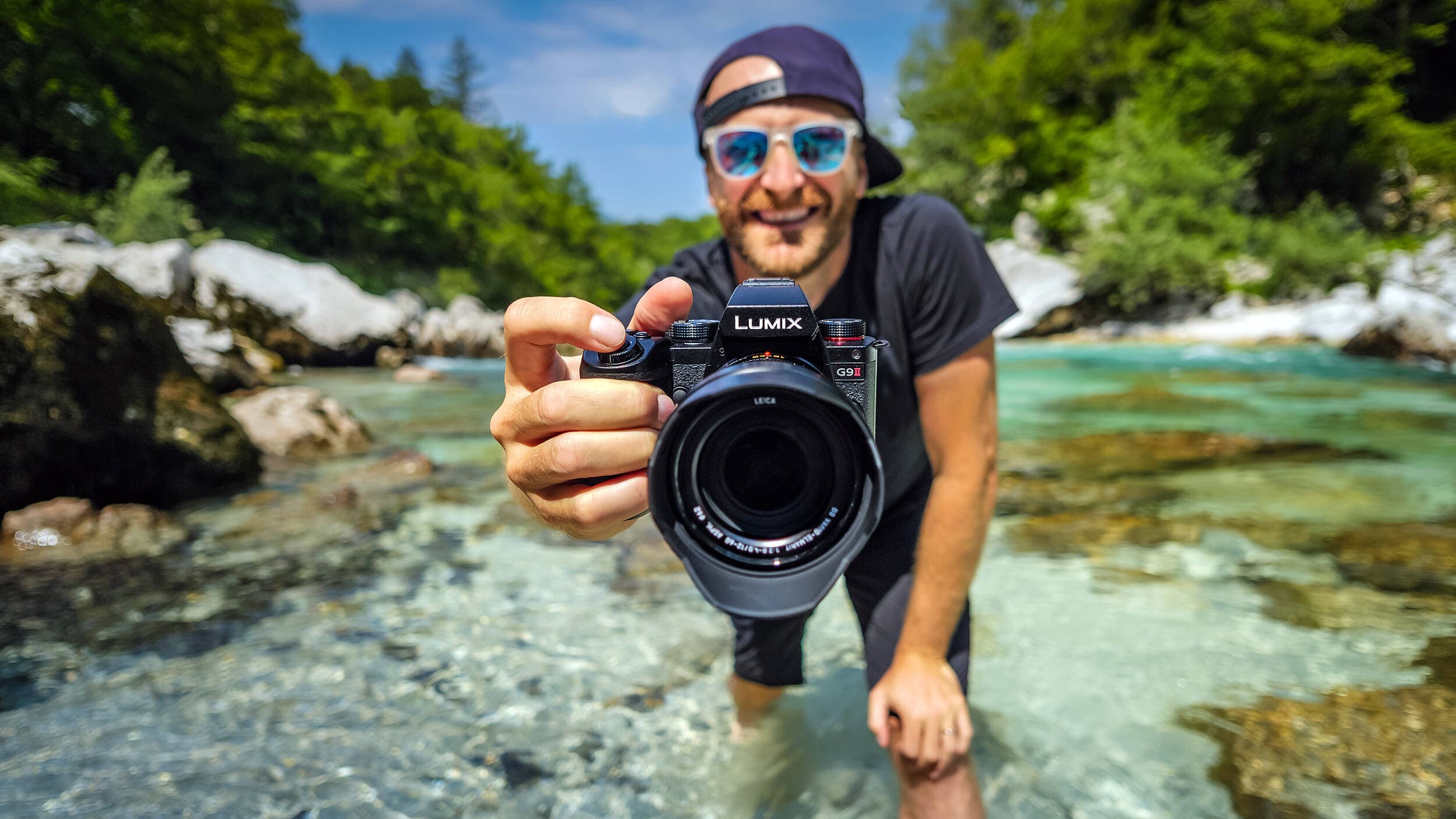
• Panasonic Lumix G9 II: 5.8K 30p, C4K/4K 4:2:2 10-bit 60p, S&Q 120fps, V-Log, Real Time LUT, H.264, H.265, Apple ProRes, Long GOP or All-Intra
• Panasonic Lumix G9: 4K 60p, 6K photo, H.264, 4:2:0 8-bit, S&Q 180fps, V-Log only via paid upgrade
The Lumix G9 II is an absolute video powerhouse. Panasonic seems to be presenting it as primarily a stills camera, but its video capabilities are not that far short of those in the Lumix GH6 – though it doesn’t take that camera's faster CFexpress cards, which is bound to restrict its ultimate capture capabilities. Even so, there must be many hybrid content creators and videographers wondering whether this might be Panasonic’s ultimate MFT hybrid, especially with its new phase detect autofocus.
The older Lumix G9 was launched way back in 2017, before high-end mirrorless content creation was a mainstream feature, so although it can shoot 4K video at up to 60p, and 180fps FHD slow motion, it’s restricted to 4:2:0 8-bit capture and lower bitrates, so footage won’t be quite so resilient when editing. V-Log shooting comes as standard with the Lumix G9 II, but it’s a paid extra for the Lumix G9.
6. Continuous shooting

• Panasonic Lumix G9 II: 14fps mechanical, 60fps with AF-C electronic shutter, 75fps with AF-S, 200+ JPEG, 170+ raw, pre-burst shooting
• Panasonic Lumix G9: 12fps mechanical, 60fps electronic with AF-S, 20fps with AF-C, 600 JPEGs, 60 raw approx
Continuous shooting performance was already a strong point with the Lumix G9, with 12fps shooting using the mechanical shutter and 60fps with the electronic shutter. The buffer capacity is quite good too, though not up to pro sports camera levels.
The Lumix G9 II improves on this by offering 60fps with continuous AF, 75fps with focus locked at the first exposure, and a better raw buffer capacity. The new phase-detect autofocus system is likely to be a key factor for sports and action fans, too.
The G9 II no longer has the G9’s 4K and 6K photo modes, however, for burst shooting and post focus features. Many people might not miss it as it was a rather offbeat tech that Panasonic probably decided was too difficult to market, but it’s a shame to see innovation disappear like this.
7. Viewfinder and LCD
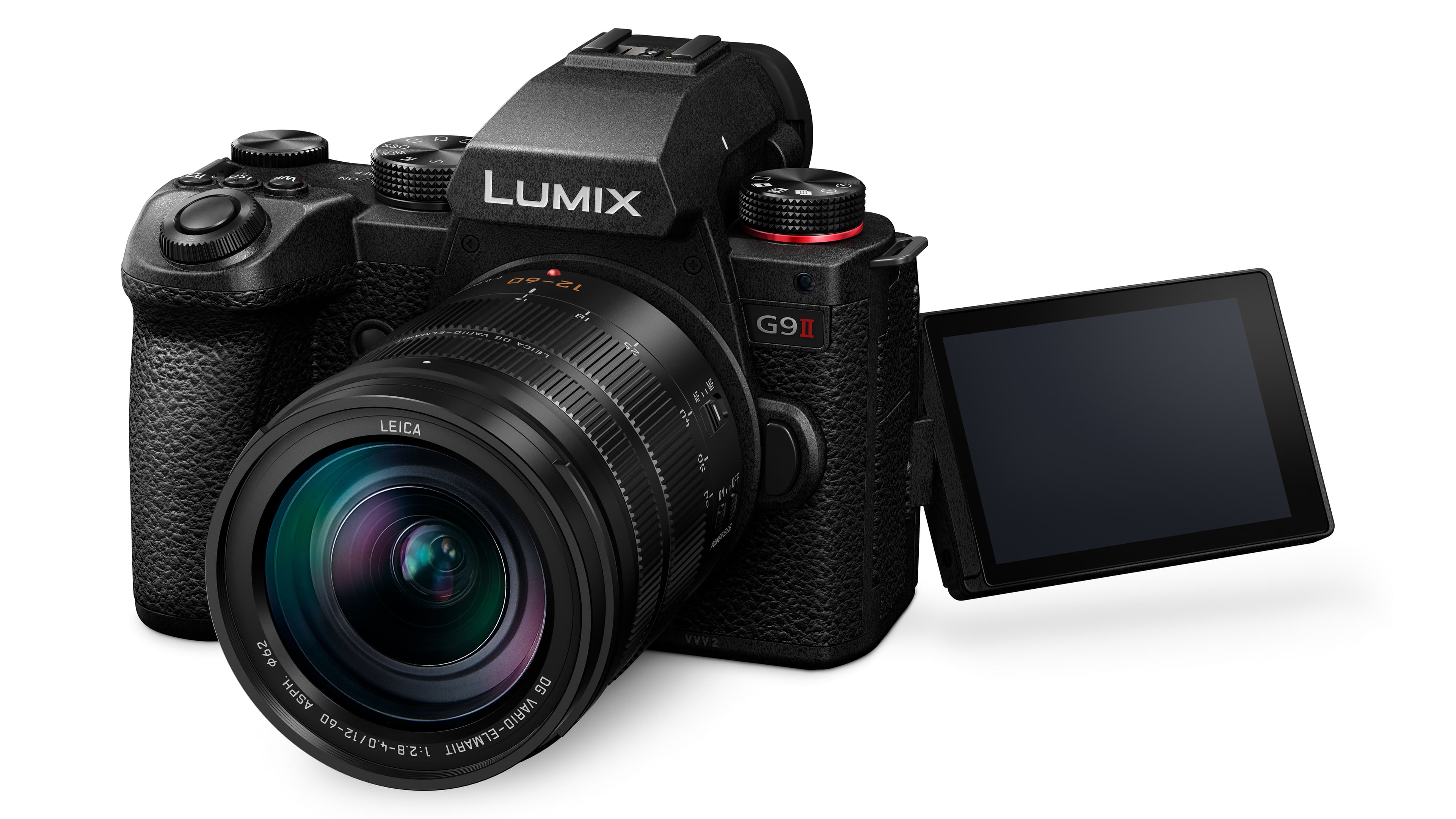
• Panasonic Lumix G9 II: 3.68m dot OLED, 0.8x equiv magnification, 100% coverage, 3-inch vari-angle touchscreen, 1.84m dots
• Panasonic Lumix G9: 3.68m dot OLED, 0.83x equiv magnification, 100% coverage, 3-inch vari-angle touchscreen, 1.04m dots
The original Lumix G9 might pre-date the new camera by six years, but it’s still a pretty tough act to follow in terms of its physical specifications. The 3.68 million dot EVF was excellent in its day and still good now – in fact the G9 II uses exactly the same display. The EVF isn’t just sharp, but boasts a higher-than-average 0.8x magnification, so it’s a generous size, too.
The G9 II does have a higher-resolution rear screen, however, at 1.84 million dots versus 1.04 million dots for the Lumix G9. Otherwise, though, the screen size and vari-angle mechanism are the same – and to be fair the screen on the original G9 is pretty sharp already.
8. Connectivity
• Panasonic Lumix G9 II: USB Type-C, HDMI Type A, Remote, mic, headphone, Wi-Fi, Bluetooth
• Panasonic Lumix G9: USB 3.0, HDMI Type A, Remote, mic, headphone, Wi-Fi, Bluetooth
The principal difference between the Lumix G9 II and the original G9 for connection ports is a slight re-organization of mic and headphone socket positions and a swap from USB in the G9 to USB Type-C in the G9 II. That’s a useful step forward, as the G9 II now supports USB charging and power supply, and the old USB 3 slot in the G9 now seems a real anachronism.
To its credit, the G9 does have a full size HDMI port, just like the G9 II, but the older camera’s limited video capabilities mean you’re probably not going to rig it up with an external recorder anyway.
9. Storage
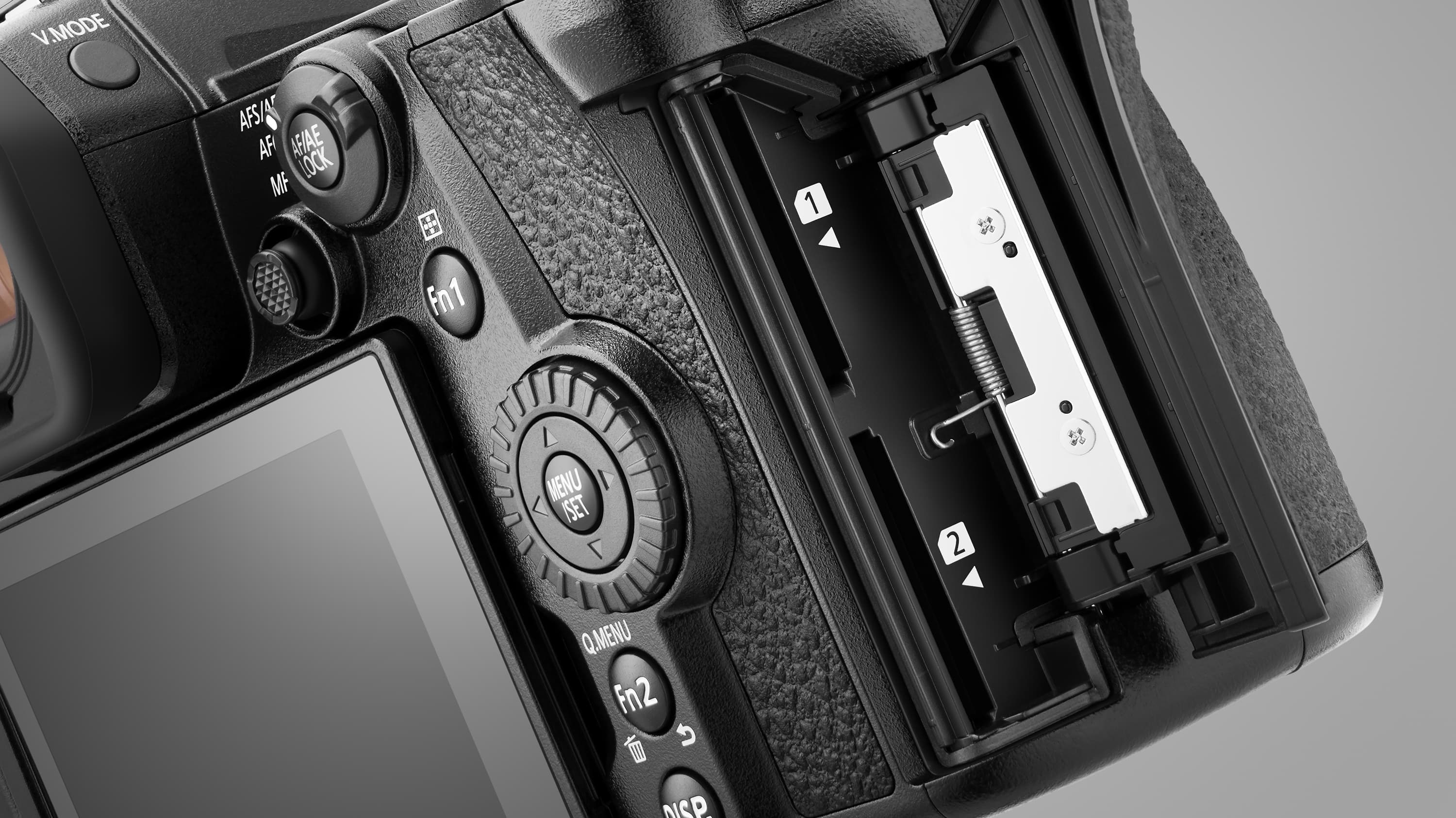
• Panasonic Lumix G9 II: 2x SD UHS II
• Panasonic Lumix G9: 2x SD UHS II
Both cameras offer dual SD UHS II card slots, which is good to have, and another respect in which the original G9 was ahead of its time – and why it’s great value today. The G9 II does not offer a CFexpress Type B card slot, but this might have pitched it a bit too close to the Lumix GH6 for Panasonic’s liking.
10. Battery
• Panasonic Lumix G9 II: 370 shots, USB power supply, charging, delivery
• Panasonic Lumix G9: 400 shots
Both cameras are pretty middle-of-the-road for battery life. The original G9 is marginally better on paper, but not by enough to make any practical difference. The G9 II’s USB power capability could be useful, though, and you can fit a battery grip for extended battery life.
11. Size
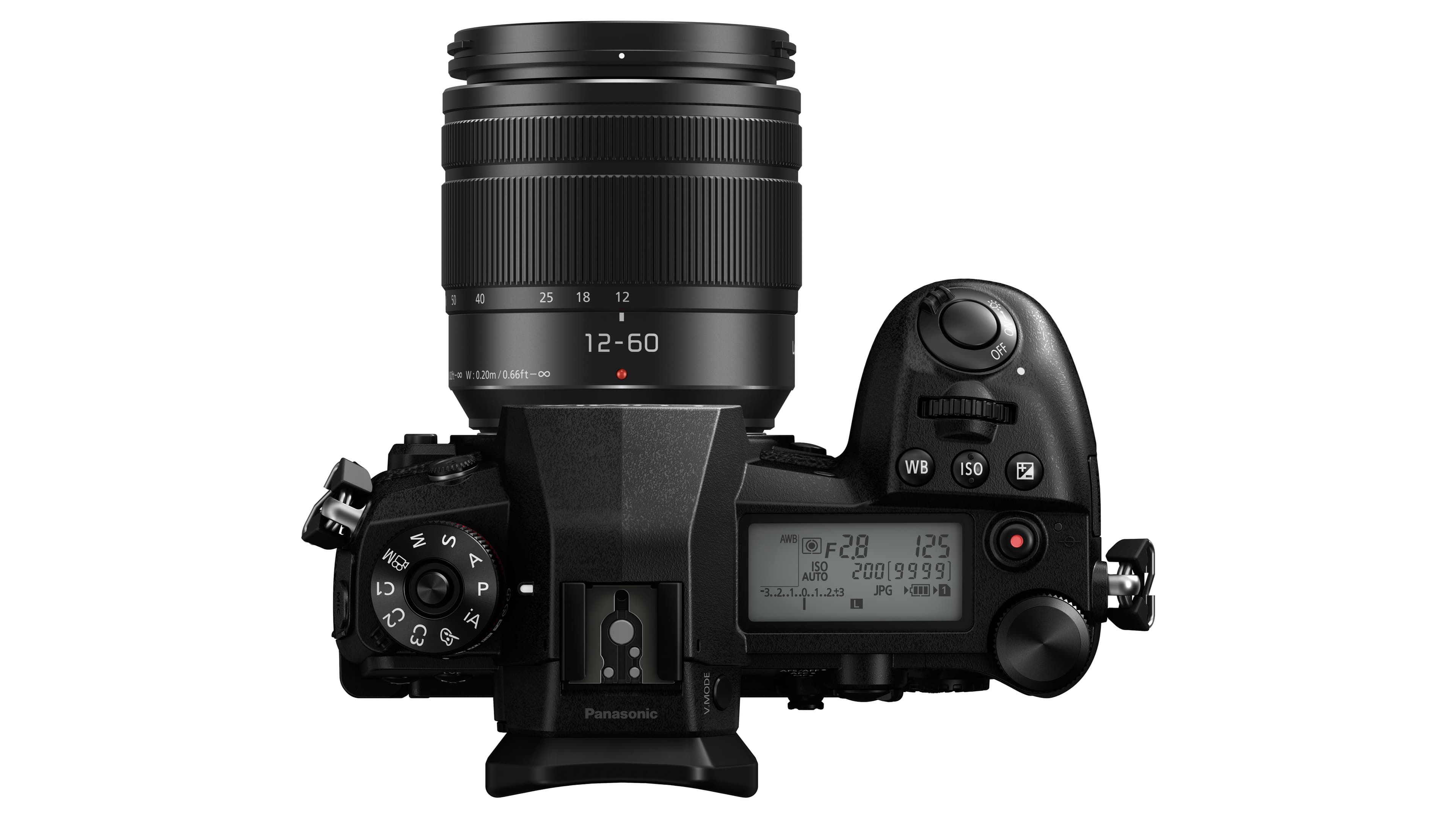
• Panasonic Lumix G9 II: 134.4 x 102.3 x 90.1mm, 658g
• Panasonic Lumix G9: 136.9 x 97.3 x 91.6mm, 658g
The Lumix G9 II effectively uses the same body as the full frame Lumix S5/II, so you might expect it to be a step up in size. The Lumix S5 is a pretty compact camera, however, and the original Lumix G9 was itself a bit of a beast, so the upshot is that the old camera and the new one are very similar in external dimensions and exactly the same weight with battery and memory card included.
There are design changes beyond the body shape, though, and the most notable is that the new camera ditches the top status panel on the Lumix G9. This was a favorite feature, for us at least, so it’s a disappointment that the Lumix G9 II doesn’t have it.
12. Price
• Panasonic Lumix G9 II: $1,897 / £1,699 (body)
• Panasonic Lumix G9: $897 / £999 (body)
There’s no doubt that the Lumix G9 II is very aggressively priced. It’s not cheap, and in the same ballpark as the Fujifilm X-T5 and Sony A6700, for example, but this is an extremely powerful flagship camera for both stills photography and video. You get a lot for your money.
The Lumix G9 is half the price right now, but this is due to the length of time it’s been on the market. In its day it was as expensive as the G9 II. For stills photographers, it offers comparable capabilities but at a fraction of the price, though the accumulation of advances in the G9 II is hard to argue against.
Panasonic Lumix G9 II vs Lumix G9: conclusions

If you already have a Lumix G9, should you upgrade to the Panasonic Lumix G9 II? That depends on what you use your camera for and whether you feel the G9 has definite deficiencies the new camera will fix. The G9 II will offer a small resolution boost, a big autofocus upgrade and massively improved video capabilities. But the new body design is quite different to the old G9’s, which many users might still prefer.
If you’re weighing up these two cameras as a new purchase, it all comes down to needs and pricing. The original Lumix G9 is still a powerful and formidable camera for regular stills photography, and not bad for video too. But while it’s way cheaper to buy, it also has limitations for today’s shooting styles and in particular hybrid content creation.
This is where the Lumix G9 II streaks ahead. It is more expensive, but it uses up-to-date technologies to deliver features and performance that are about as good as it gets right now even amongst the best mirrorless cameras, certainly in this price bracket. You can also use all your existing Micro Four Thirds lenses.
Also check out our guide to the best Micro Four Thirds lenses
Get the Digital Camera World Newsletter
The best camera deals, reviews, product advice, and unmissable photography news, direct to your inbox!

Rod is an independent photography journalist and editor, and a long-standing Digital Camera World contributor, having previously worked as DCW's Group Reviews editor. Before that he has been technique editor on N-Photo, Head of Testing for the photography division and Camera Channel editor on TechRadar, as well as contributing to many other publications. He has been writing about photography technique, photo editing and digital cameras since they first appeared, and before that began his career writing about film photography. He has used and reviewed practically every interchangeable lens camera launched in the past 20 years, from entry-level DSLRs to medium format cameras, together with lenses, tripods, gimbals, light meters, camera bags and more. Rod has his own camera gear blog at fotovolo.com but also writes about photo-editing applications and techniques at lifeafterphotoshop.com
